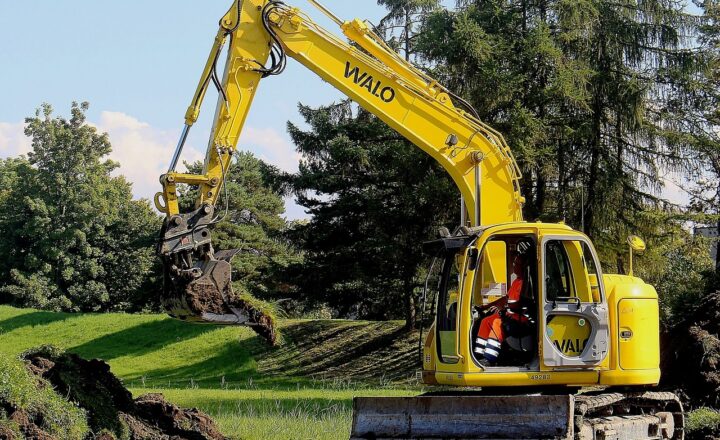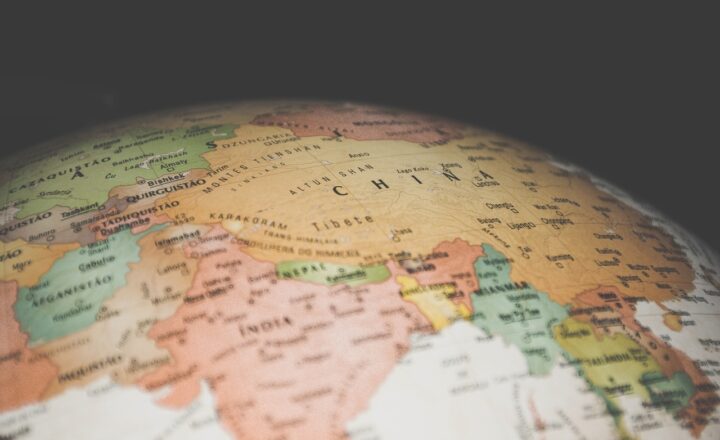The Most Unexpected Discoveries Made While Excavating Long-Lost Ancient Cities
November 17, 2024

Excavating ancient cities is a journey into the unknown, revealing secrets that have been buried for centuries. Archaeologists and historians have unearthed remarkable artifacts, structures, and insights from our past that challenge our understanding of civilization. Each excavation can lead to unexpected discoveries that not only enhance our knowledge of ancient cultures but also illuminate the connections we share with them. In this article, we will explore some of the most surprising discoveries made while excavating long-lost ancient cities and what these findings tell us about human history.
1. The City of Pompeii: A Snapshot of Roman Life
The eruption of Mount Vesuvius in 79 AD preserved the Roman city of Pompeii under layers of ash and pumice. This instantaneous burial provided an extraordinary time capsule of daily life.
Among the most unexpected items discovered were grafitti on walls, which showcased a variety of topics ranging from political commentary to love notes. These inscriptions give us insight into the thoughts, emotions, and humor of ordinary Romans.
Additionally, archaeological excavations uncovered a vast network of fast food establishments, known as thermopolia, revealing that even in ancient Rome, people enjoyed quick meals on the go. These finds challenge the romanticized view of ancient dining, presenting a more nuanced picture of Roman society.
2. The Terracotta Army of Xi’an: Beyond the Emperors
In 1974, farmers discovered the incredible Terracotta Army while drilling a well near Xi’an, China. Created to protect the first Emperor of China, Qin Shi Huang, in the afterlife, this army comprises over 8,000 life-sized figures of warriors, horses, and chariots.
While the soldiers themselves are awe-inspiring, excavations revealed other unexpected details about that era. Discoveries included sets of musical instruments, weapons, and evidence of ancient battle tactics that suggest the Emperor was preparing for war even in death. The meticulous craftsmanship and attention to detail displayed in these artifacts provide critical insights into ancient Chinese culture and military strategies.
3. The Lost City of Ubar: Myth to Reality
The fabled city of Ubar, often referred to as the Atlantis of the Sands, was long thought to be merely a myth. Excavations in Oman in the 1990s revealed remnants of a vast trading city that thrived over a thousand years ago. What researchers uncovered was astonishing.
Artifacts showcased advanced water management systems, including elaborate wells and aqueducts, indicating that the city was strategically located to facilitate trade in frankincense and myrrh. The discovery validated both historical texts and the legends surrounding this once-mythical city while illustrating the sophistication of its inhabitants.
4. Ancient Mesopotamia: The Birth of Writing
Excavations in the region of Sumer, ancient Mesopotamia, have unearthed some of the earliest examples of written language. The cuneiform tablets discovered in Uruk, dating back to around 3200 BC, contain a variety of administrative records, literature, and even poetry.
Most unexpectedly, one tablet was found to detail an ancient version of a grocery list, complete with quantities and items. These discoveries highlight Mesopotamia as a cradle of civilization, revealing not only its complex administration and culture but also its role in the development of writing and record-keeping.
5. The Ancient City of Machu Picchu: Agriculture in the Clouds
Perched high in the Andes, Machu Picchu is famous for its stunning architecture and breathtaking views. However, excavations in the area have revealed something unexpected: sophisticated agricultural practices that supported this high-altitude city.
Terracing systems demonstrated advanced techniques of farming and water drainage, showcasing the Inca’s understanding of their environment. It was found that the Incas cultivated crops such as potatoes, maize, and quinoa, optimized for growth in the altitude’s unique climate. The discovery of ancient farming tools further emphasizes the ingenuity of the Inca civilization in overcoming the challenges of their geography.
6. Kahun: The Oldest Medical Papyri
The excavation of the ancient Egyptian city of Kahun uncovered a treasure trove of artifacts, including medical papyri dating back to the 19th dynasty. The contents of these papyri feature early medical diagnoses, treatment methods, and even surgical practices.
One of the most surprising finds was the sophistication of medicine practiced in ancient Egypt. The papyri described procedures that reflected advanced understanding of anatomy, reflecting significant medical knowledge long before modern advancements, revealing that ancient practitioners possessed considerable skill and training.
Conclusion: The Layers of History Beneath Our Feet
The discoveries made while excavating long-lost ancient cities serve as a bridge to our past, helping us understand the complexities of cultures that shaped human history. From Pompeii’s frozen moments in time to the agricultural innovations of the Incas, each find enriches our understanding of civilization’s evolution.
As excavations continue around the world, we remain on the threshold of countless discoveries that may redefine our perception of ancient societies and their relevance to our world today. Through continued exploration and preservation, we ensure that the stories of these ancient cities remain alive, illuminating the pathway of human progress for generations to come.







